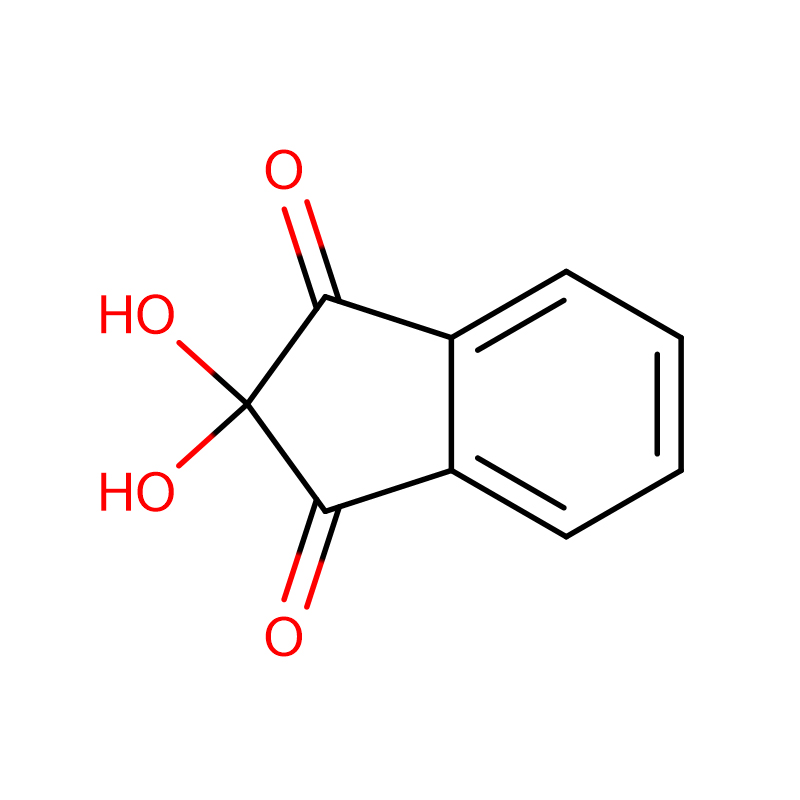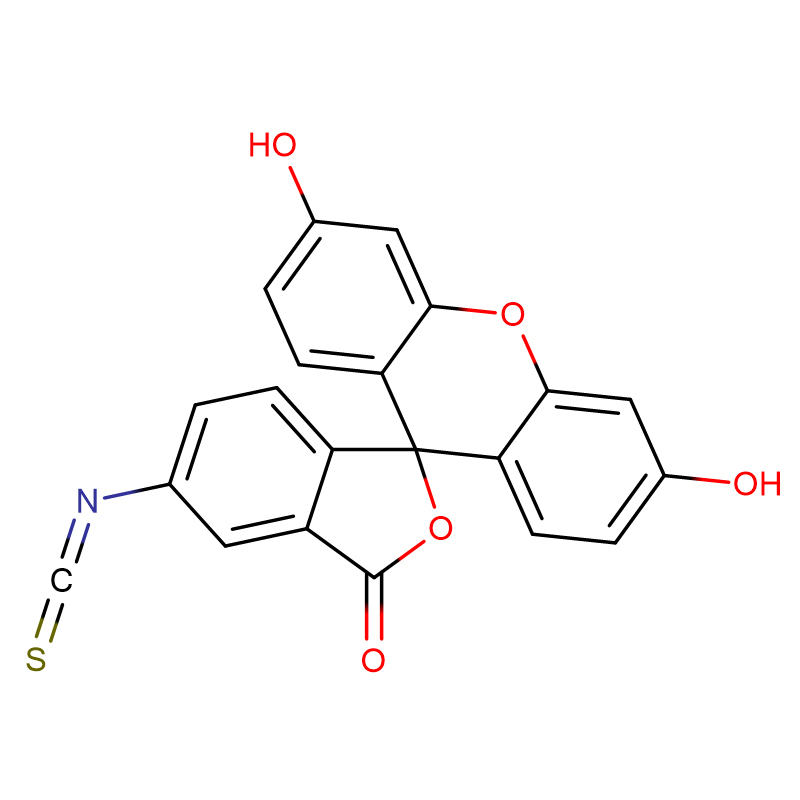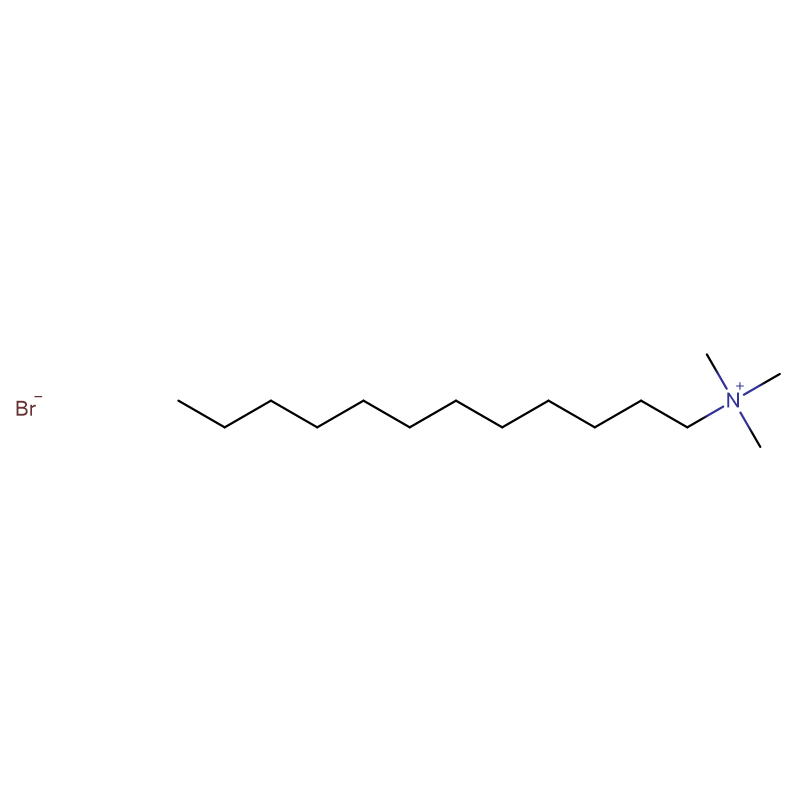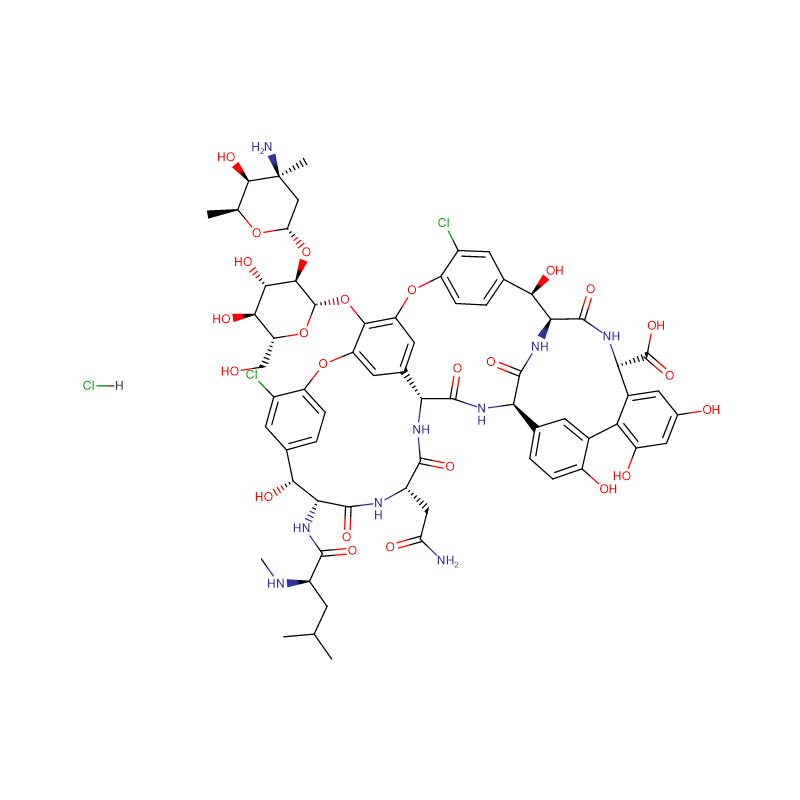Ninhydrin hydrate Cas: 485-47-2 99% Off white/ pale yellow crystalline powder
| Catalog Number | XD90239 |
| Product Name | Ninhydrin hydrate |
|
CAS |
485-47-2 |
|
Molecular Formula |
C9H6O4 |
|
Molecular Weight |
178.1415 |
| Storage Details | Ambient |
|
Harmonized Tariff Code |
29143900 |
Product Specification
| Melting Point | 252 Deg C |
| pH | 4-6 |
| Solubility | 0.1g in 10ml water is clear pale yellow solution |
| Moisture | <10% |
| Assay (anhydrous basis) | >99% |
| Appearance | Off white/ pale yellow crystalline powder |
Nanofibrous silica-based stationary phases for electrospun ultra-thin layer chromatography (E-UTLC) are described. Nanofibers were produced by electrospinning a solution of silica nanoparticles dispersed in polyvinylpyrrolidone solutions to create composite silica/polymer nanofibers. Stationary phases were created from as-spun nanofibers, or the nanofibers were heated either to crosslink the polyvinylpyrrolidone or to calcine and selectively remove the polymer. As-spun, crosslinked, and calcined nanofibers with similar mat thicknesses (23-25 μm) were evaluated as stationary phases for E-UTLC separations of laser dyes and amino acids and compared to commercial silica TLC plates. As-spun nanofiber plates offered fast mobile phase velocities, but like other polymer-based nanofibers, separations were only compatible with techniques using nonsolvents of the polymer. Crosslinked nanofibers were not as limited in terms of chemical stability, but separations produced tailed spot shapes. No lim itations in terms of mobile phases, analyte solvents, and visualization techniques were observed for calcined nanofibers. Highly efficient separations of amino acids were performed in 15 mm on calcined nanofiber plates, with observed plate heights as low as 8.6 μm, and plate numbers as large as 1400. Additional alignment of the nanofibers provided shorter analysis times but also larger spot widths. The extension of stationary phases to silica-based nanofibers vastly expands the range of mobile phases, analyte solvents, and visualization techniques which can be used for E-UTLC separations.








